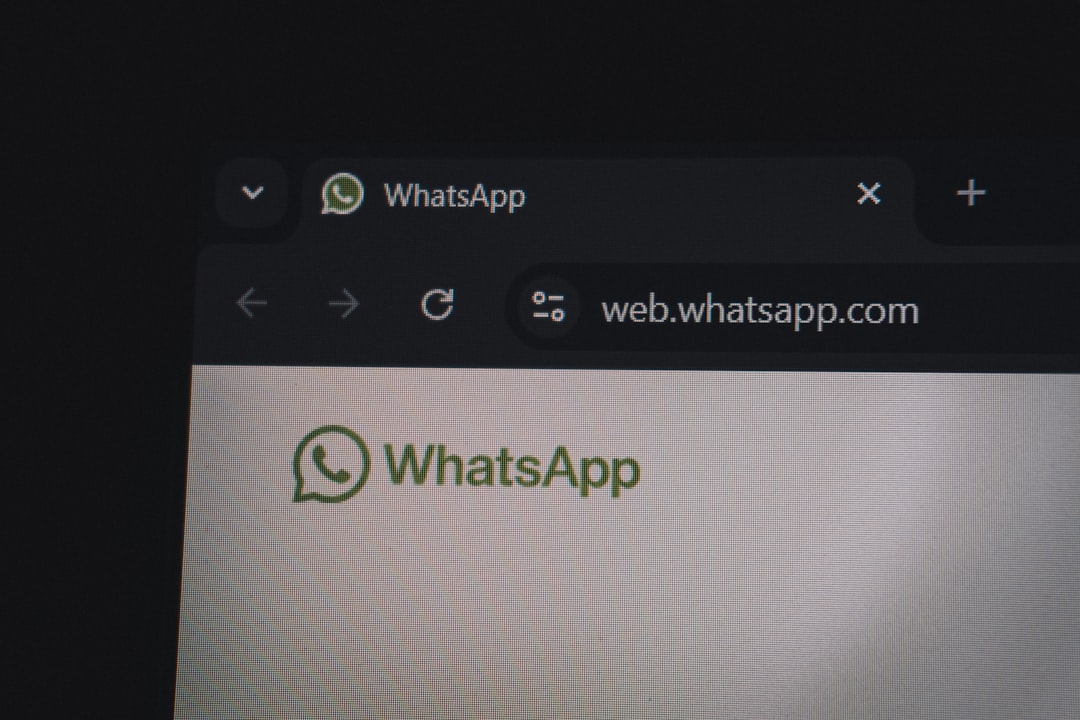As remote work continues to gain traction in the United States, companies are re-evaluating how to manage, support, and monitor their off-site employees. The rapid shift toward telecommuting—fueled by advances in technology and accelerated dramatically during the COVID-19 pandemic—has brought increased attention to the importance of accountability, performance tracking, and data security. Yet, this digital evolution has also led to heightened concerns around employee privacy. Striking the right balance between productivity oversight and respecting workers’ personal space has become a new battleground in the modern workplace.
Contents
The Rise of Remote Work Monitoring
Remote work offers numerous benefits for employers and employees alike. Businesses can widen their talent pools, reduce overhead costs, and improve employee satisfaction. However, the geographical dispersion of staff creates new challenges in maintaining productivity and data security. As a result, many U.S. companies have implemented various forms of employee monitoring software to keep track of work hours, activity levels, and system usage.
Some of the common functionalities offered by monitoring software include:
- Keystroke logging: Tracking keyboard input to evaluate productivity and detect anomalies.
- Screenshot capture: Periodic screen grabs to review employee activity.
- Time tracking: Measuring active work hours and breaks throughout the day.
- Web and app usage monitoring: Logging websites visited and applications used during worktime.
- Location tracking: Using GPS or IP data to confirm the location of remote staff.
The scope and sophistication of these tools have generated debate over relevance, ethics, and intrusiveness. There’s a growing divide between organizations striving for greater transparency and employees advocating for their right to digital privacy.

Legal Considerations and Employee Rights
In the U.S., there’s a patchwork of laws that dictate how and to what extent employers can monitor their workers. While federal laws tend to favor employer rights when using company-owned devices and systems, several states have introduced regulations to enhance employee awareness and consent.
Federal Law: Under the Electronic Communications Privacy Act (ECPA) of 1986, employers have broad rights to monitor communications as long as there’s a legitimate business reason. However, surveillance of personal communications—especially on personal devices—can be problematic unless clear policies are in place.
State Law: Some states like California, Connecticut, and Delaware require that employers notify employees before monitoring them. These states aim to safeguard worker privacy while still allowing oversight necessary for business operations.
Despite legal allowances, employees often feel uncomfortable with being watched. A 2022 poll found that over 60% of remote workers in the U.S. believed that excessive monitoring impaired trust and morale. Companies that ignore this sentiment may face decreased job satisfaction, higher turnover rates, and reputational harm.
Best Practices for Responsible Monitoring
To maintain a healthy balance between oversight and respect for individual rights, experts recommend that businesses adopt a transparent and ethical approach to remote employee monitoring. Here are some best practices:
- Set Clear Policies: Employers should develop and distribute formal monitoring policies that outline what is being tracked, how it will be used, and why it’s necessary.
- Get Informed Consent: Whenever possible, explicitly obtain employee consent before initiating monitoring programs, particularly in states where this is required.
- Be Transparent: Use tools that allow employees to see what data is being collected about them. Transparency can increase buy-in and reduce the perception of surveillance.
- Use Data Ethically: Only use monitoring data for performance-related purposes. Avoid using it to micromanage or evaluate behavior outside of work responsibilities.
- Limit Intrusiveness: Avoid overly invasive methods like webcam access or audio monitoring unless absolutely necessary and legally permissible.

Balancing Productivity and Privacy: A Strategic Approach
Success in remote work monitoring lies in aligning monitoring efforts with broader organizational goals, such as improving outcomes and employee experience—not controlling behavior. Organizations should focus on measuring results rather than activities. This shift in mindset supports autonomy and keeps morale intact.
Some leading companies are adopting models based on outcome-based performance evaluation, where the focus is on what employees complete rather than how they complete tasks. These models allow more flexibility and create a culture of trust. Tracking systems, when used discreetly and appropriately, can also provide useful insights for capacity planning, workload distribution, and resource allocation.
Another element to consider is the use of Artificial Intelligence (AI) and machine learning algorithms that can provide data summaries without exposing granular or potentially sensitive information. For instance, AI can aggregate activity into a productivity score or identify trends without revealing individual-level data unless necessary.
Finally, incorporating employee feedback into the design and rollout of monitoring programs ensures that the system serves business interests without alienating its workforce. Internal surveys, focus groups, and pilot programs can help businesses refine their approach and demonstrate a commitment to ethical practices.
The Role of HR and Compliance Teams
Human Resources (HR) and compliance officers play a crucial role in ensuring that employee monitoring aligns with organizational values and legal standards. HR must serve as a bridge between company leadership and staff, advocating for fair oversight techniques that minimize risk and build trust.
Key responsibilities for HR include:
- Ensuring legal compliance across various jurisdictions.
- Educating managers and staff on what monitoring entails.
- Investigating claims of unfair treatment or invasive practices.
- Reviewing monitoring reports discreetly and respectfully.
By framing monitoring as a component of broader workforce development, HR departments can encourage more constructive conversations about accountability and integrity in remote settings.
Conclusion
Monitoring remote employees is a complex but necessary element of modern business operations in the U.S. While it’s important for companies to safeguard productivity and data security, they must also be careful not to cross the line into unwarranted surveillance. The ultimate goal should be to build a culture of mutual trust, transparency, and performance-based evaluation.
When carried out ethically and with proper safeguards, monitoring can provide valuable insights that enhance both employee experiences and organizational effectiveness. Companies that succeed in balancing these priorities will be better positioned to thrive in the evolving world of remote and hybrid work.
FAQ: Monitoring Remote Workers
-
Is it legal for U.S. employers to monitor remote employees?
Yes, under federal law, employers can legally monitor activities conducted on company devices for legitimate business purposes. Some states require prior notification or consent. -
What tools are commonly used to monitor employees?
Common tools include activity trackers, keystroke loggers, time tracking software, screenshot capture tools, and website usage monitors. -
How can companies ensure they aren’t violating employee privacy?
By being transparent, limiting monitoring to work-related tasks, obtaining consent where necessary, and only using data for internal purposes. -
Can monitoring affect employee morale?
Yes, excessive or secretive monitoring can lead to distrust and decreased morale. Approaching the process with openness and integrity is key. -
What alternatives exist to real-time monitoring?
Organizations can use project management dashboards, outcome-based reviews, and productivity analytics that focus on deliverables rather than real-time activities.

